Marvel the instruments to detect enemy aircraft before the radar
Today, thanks to the help of radar systems, it is easy to detect the movement of aircraft. But before the radar technology, how do people detect the movement of aircraft? Certainly many people will be surprised to learn that, at that time, people mainly relied on their eyes and ears.

These giant headphones facing the sky like this were the method of detecting aircraft before the Radar device was invented in 1917. (Photo source: Rare.)

To increase mobility, soldiers are equipped with smaller devices but they cannot be as effective as giant sound amplifiers placed on the ground.(Photo source: Rare.)

The soldier uses his ears to hear and find the direction of enemy aircraft thanks to the sounds recorded by the amplifier system.(Photo source: Rare.)

The distance to detect enemy aircraft can range from a few hundred meters to tens of kilometers depending on the system.But the effectiveness of these systems is influenced by user hearing and weather conditions.If it is raining or there is a strong wind, the soldier will not be able to "hear" the sound of enemy aircraft due to too many noise.(Photo source: Rare.)

Locator Czech 2 stereoscopic sound locator 1920s

Before 1940, every major army in the world used these rather bulky and annoying devices, which were not reliable enough to detect enemy aircraft.(Photo source: Rare.)

The amplifiers of loudspeakers locate the huge sound of the Japanese fascist.(Photo source: Rare.)
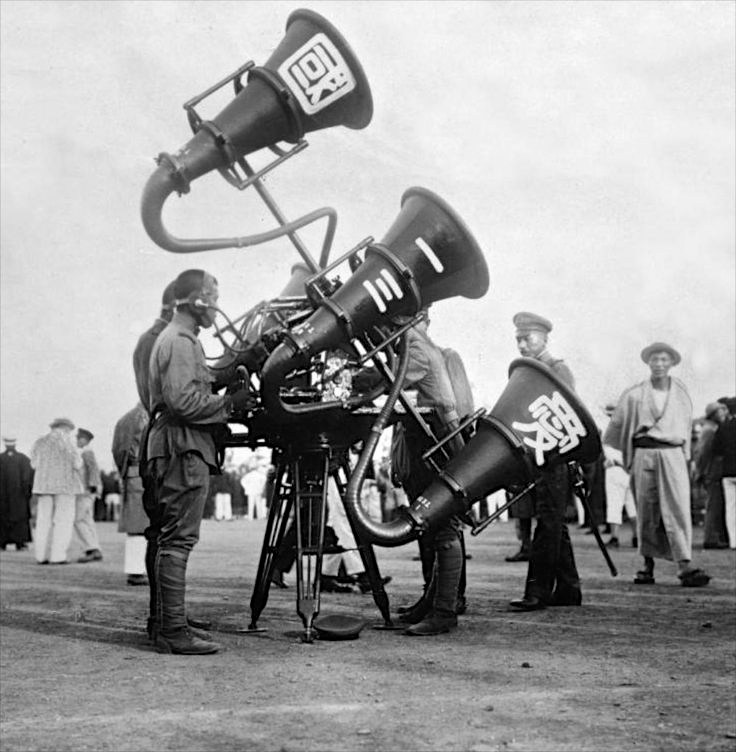
Another more compact aircraft detection system of Japan.(Photo source: Rare.)
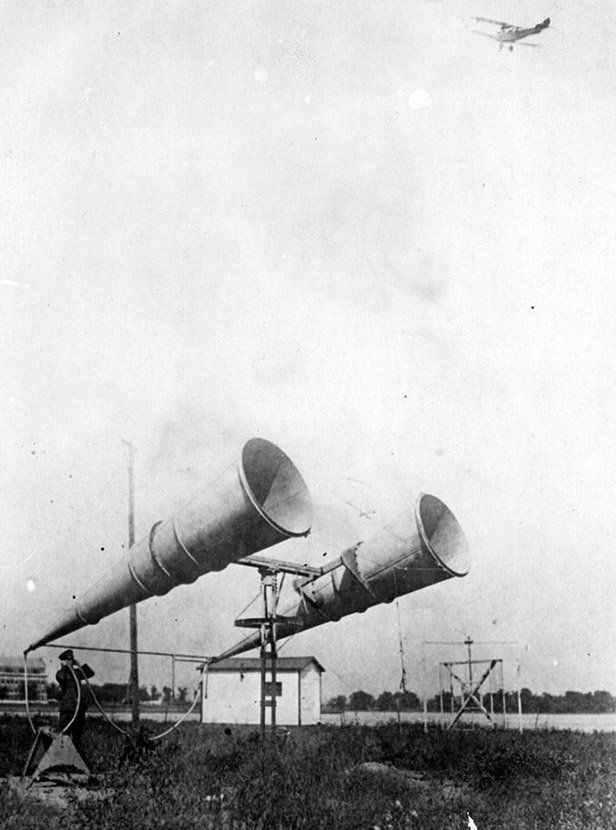
US Navy Air Force aircraft detection system in 1925. (Photo source: Rare.)
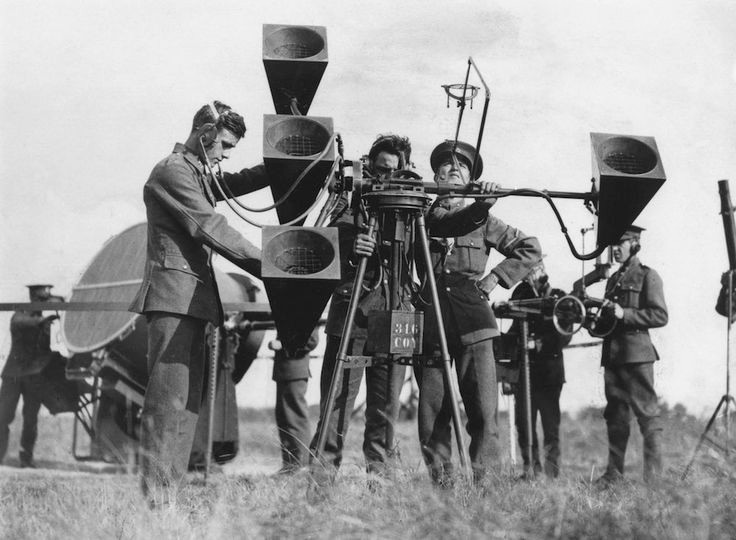
In the UK, in the 30s of the last century, the 4-speaker amplifier system was very popular.(Photo source: Rare.)
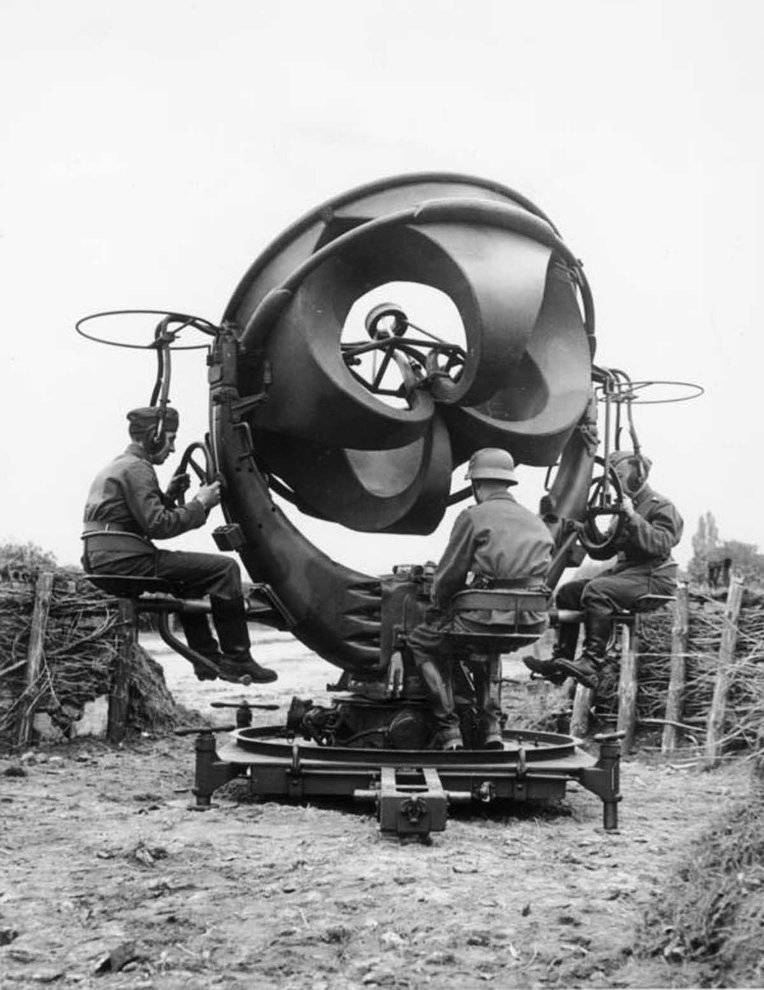
In 1939, Germany developed an audio amplification system that detected the aircraft and still used it when World War II began.(Photo source: Rare.)
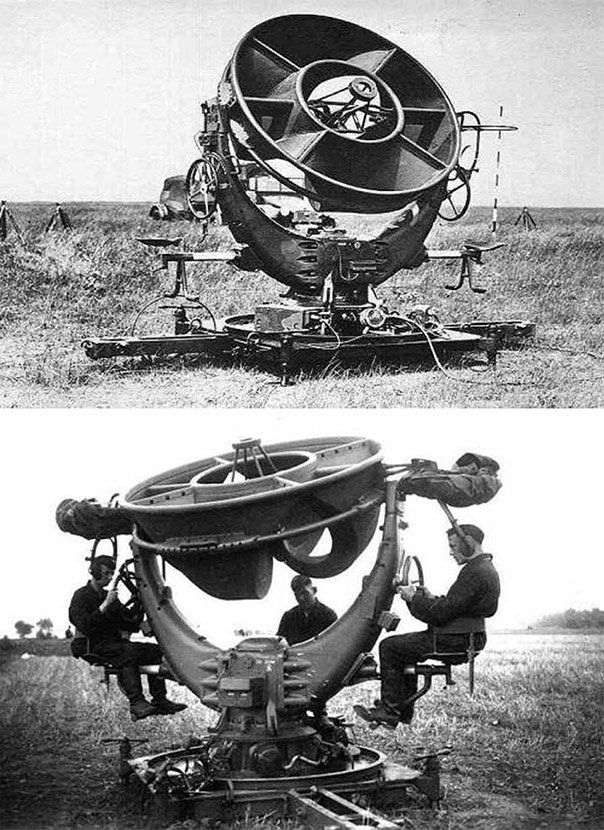
By the 1940s, the radar system was born.At that time, with the old equipment, just listening to the soldier was able to detect enemy aircraft at maximum distance of up to 15 km, the maximum error was only about 2 degrees, even detected What kind of plane, how many aircraft.(Photo source: Rare.)
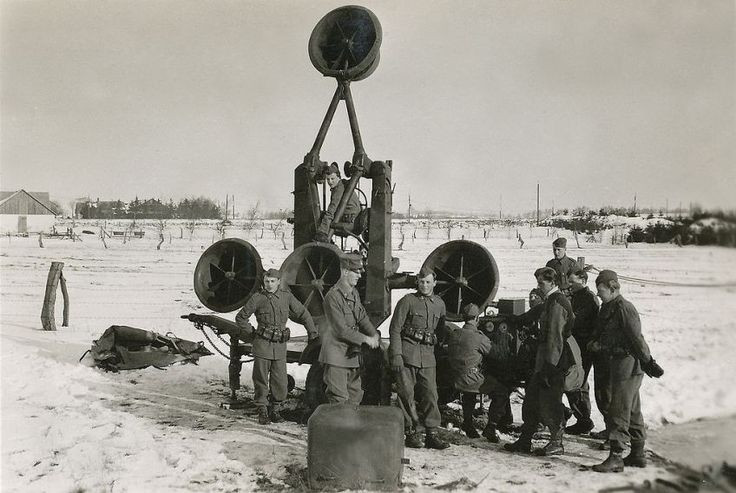
The sound locator is used by the Swedish army in 1940. (Photo source: Rare.)
- The circle that echoes the strange sound in Tulsa challenges all laws of physics
- 10 inexplicable mysterious scientific sounds
You should read it
- Top 5 Sound amplifier software, increase volume on the best computer
- How to customize sound effects on Mac OS
- How to turn off the startup sound on Windows 11
- How to set the opening sound on Chromebook
- Tips to maximize sound quality on Windows 11 systems
- Fixed a bug with the speaker icon with a red X, the computer has no sound
- How to Update Sound Drivers
- Which 5.1 audio system should I buy?
May be interested
- How to 'load' for the world's largest gun
 the gau-8 avenger weighs 281kg, is more than 6m long, firing 30mm bullets, and has 7 barrels, is considered the world's largest machine gun. it is equipped for fighters and heavy fighters.
the gau-8 avenger weighs 281kg, is more than 6m long, firing 30mm bullets, and has 7 barrels, is considered the world's largest machine gun. it is equipped for fighters and heavy fighters. - The formula for calculating the height of appropriate high heels to no longer suffer from foot pain
 before buying shoes, do not forget to calculate the exact height of the shoe heel you should choose to avoid foot pain when wearing high heels often.
before buying shoes, do not forget to calculate the exact height of the shoe heel you should choose to avoid foot pain when wearing high heels often. - Artificial beef has blood, smell, taste like real meat
 unlike artificial meat made in 2013, artificial beef derived from new plant proteins created by scientists this time is full of blood, smell and taste like real meat.
unlike artificial meat made in 2013, artificial beef derived from new plant proteins created by scientists this time is full of blood, smell and taste like real meat. - 6 historical facts that surprise you
 here are 6 unexpected historical facts that can cause you to completely lose the concept of time.
here are 6 unexpected historical facts that can cause you to completely lose the concept of time. - Why do so many skyscrapers in Hong Kong have holes in the middle?
 in hong kong, skyscrapers often have a strange hole called longmen - a dragon's hole makes many people wonder about their reasons for their existence.
in hong kong, skyscrapers often have a strange hole called longmen - a dragon's hole makes many people wonder about their reasons for their existence. - Why shouldn't we reply to every message right away?
 remember: don't immediately reply to every message as soon as you receive it, because you're wasting your time.
remember: don't immediately reply to every message as soon as you receive it, because you're wasting your time.
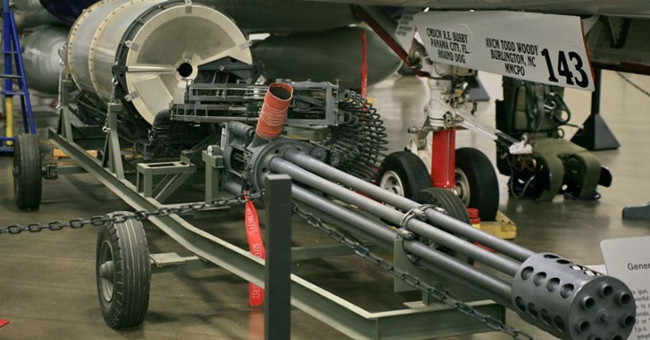





 Unmanned aircraft help predict volcanic eruptions
Unmanned aircraft help predict volcanic eruptions Marvel's Best Games Ever
Marvel's Best Games Ever Captain Marvel wallpaper set of high resolution for computers
Captain Marvel wallpaper set of high resolution for computers British scientist uses radar to track bee's lifelong route
British scientist uses radar to track bee's lifelong route Marvel's Midnight Suns - a super product with extreme graphics, promising to cause storms in early 2022
Marvel's Midnight Suns - a super product with extreme graphics, promising to cause storms in early 2022